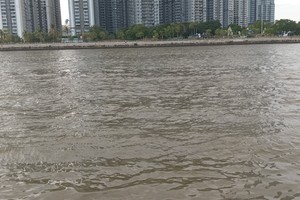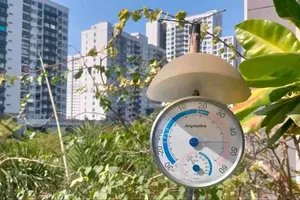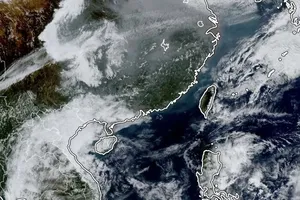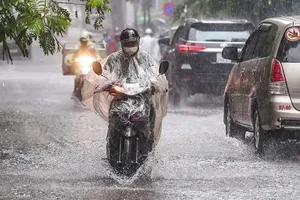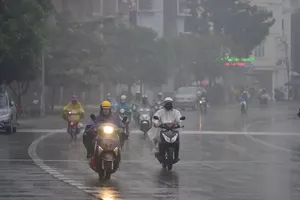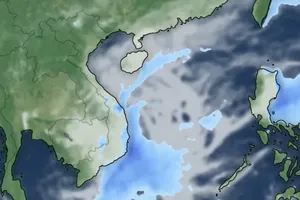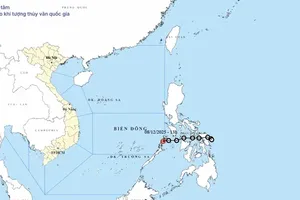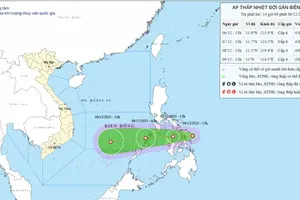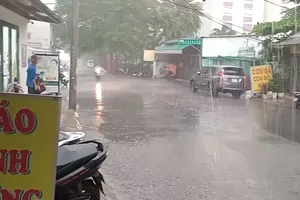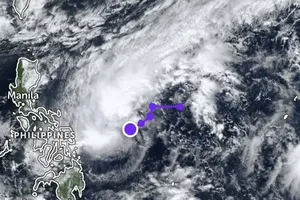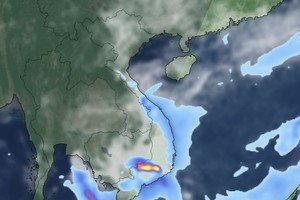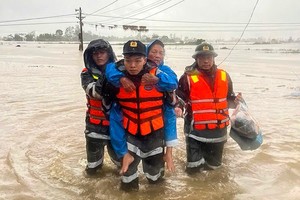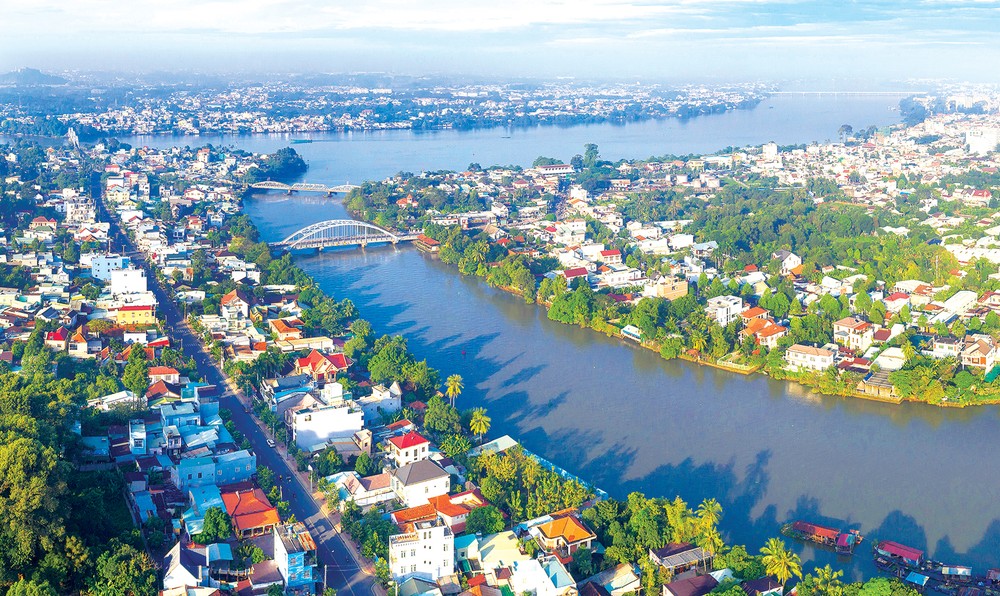
During the meeting, Mr. Chau Tran Vinh, Director of the Department of Water Resource Management, reported that following the Ministry’s publication of water resource scenarios for the Red River - Thai Binh and Mekong River basins, the department continued developing scenarios for six additional river basins. These scenarios will be submitted to the Ministry for release in January 2025.
To develop these scenarios, the department and related units compiled water data from 133 hydropower reservoirs and 1,505 critical irrigation reservoirs, monitored groundwater levels, assessed water demands for power generation, other industries, and domestic use, and forecasted water trends for key reservoirs and sub-basins. Meteorological and hydrological forecasts for the river basins were also analyzed.
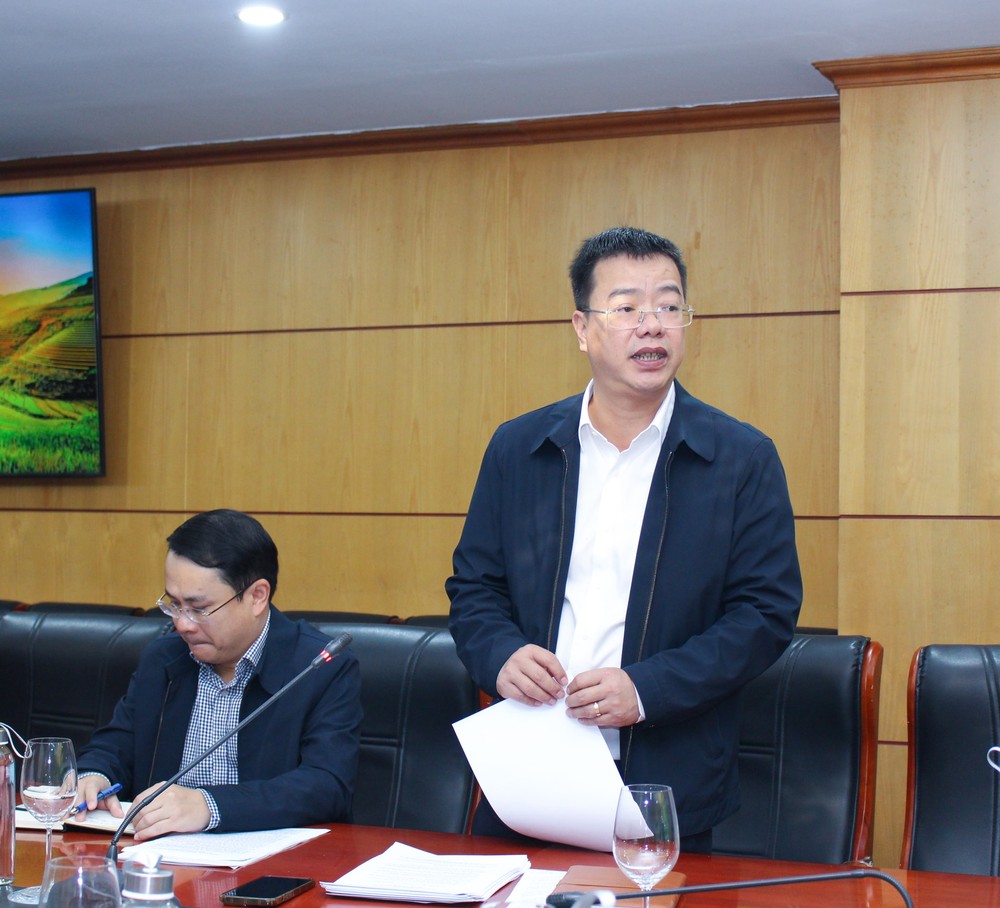
According to Mr. Chau Tran Vinh, water resources across the six river basins are generally expected to remain in a "normal state" during the 2025 dry season. However, each basin faces specific challenges. Some sub-basins in the Bang Giang - Ky Cung basin still carry a potential risk of localized water shortages. In the Ma River basin, areas in provinces such as Dien Bien, Son La, Hoa Binh, and Thanh Hoa may also face similar risks.
The Huong River basin is expected to experience water shortages in some areas, particularly during May and June 2025. During peak water usage in June and July, reservoirs such as Ta Trach, Binh Dien, and Huong Dien may struggle to meet water demand for agriculture and hydropower.
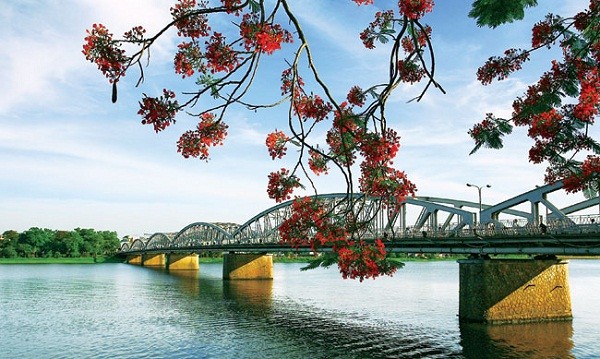
In the Dong Nai River basin, overall water resources appear sufficient for domestic, social, economic, and environmental needs. However, some upstream sub-basins, including areas near the Dai Ninh and Dong Nai 3 reservoirs and the Be River basin near the Thac Mo reservoir, are at risk of shortages without efficient water management.
Localized water shortages may also occur in Lam Dong, Dak Nong, Binh Phuoc, and Binh Thuan provinces due to insufficient water intake infrastructure and unsynchronized irrigation systems.
In the Se San River basin, water resources in hydropower reservoirs along the main stream are projected to meet power generation needs and downstream flow requirements as of January 1, 2025. However, areas without proactive water supply systems from irrigation reservoirs remain at risk of drought and localized water shortages during the late dry season.
In the Serepok River basin, if water demand for power generation surges, as it did in 2022, or if hydropower plants are required to operate at high capacity due to a lack of alternative energy sources during potential heatwaves in April, May, and June 2025, water reserves in reservoirs could become insufficient. This would affect power generation and the minimum downstream flow requirements under the basin’s inter-reservoir operation process.
